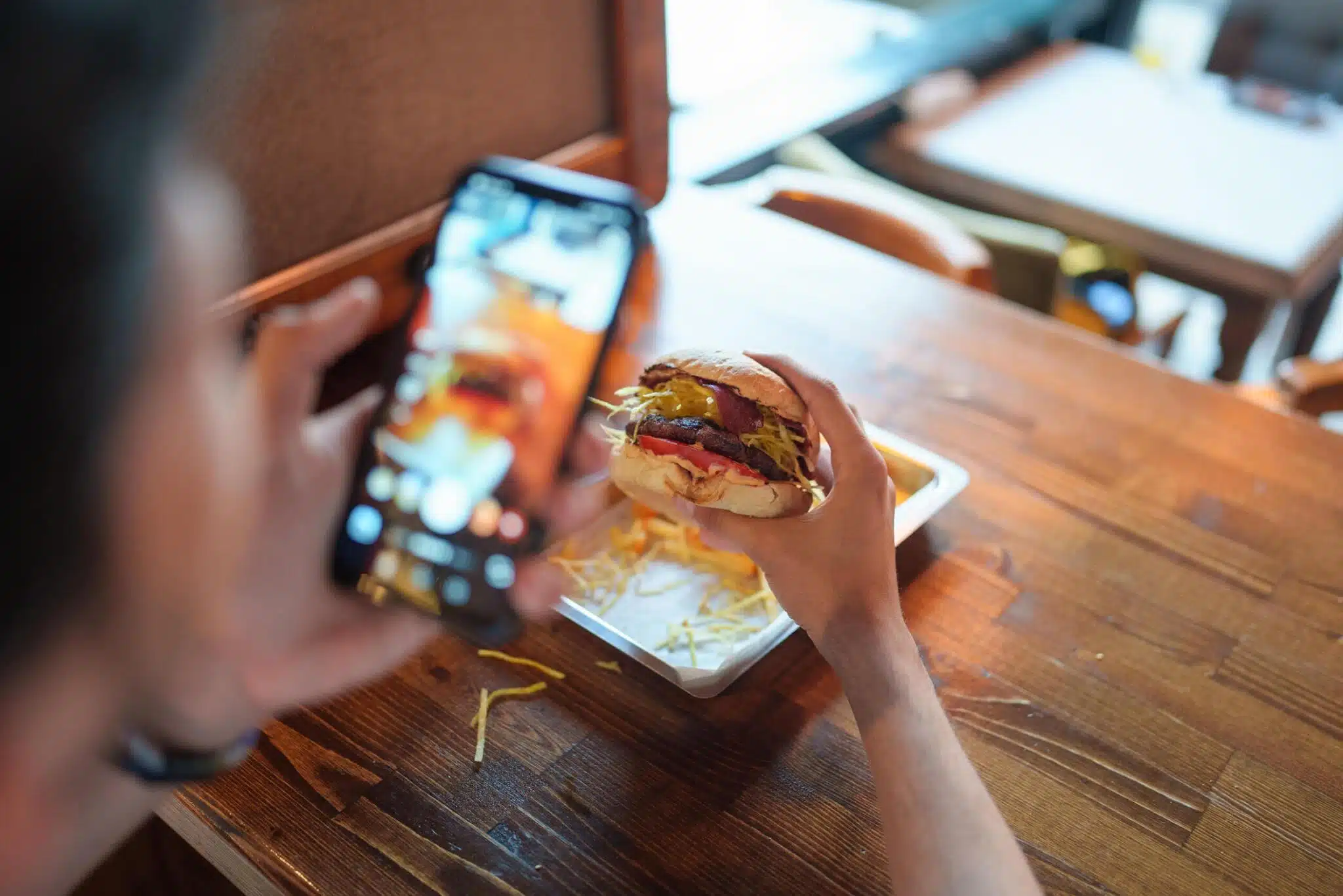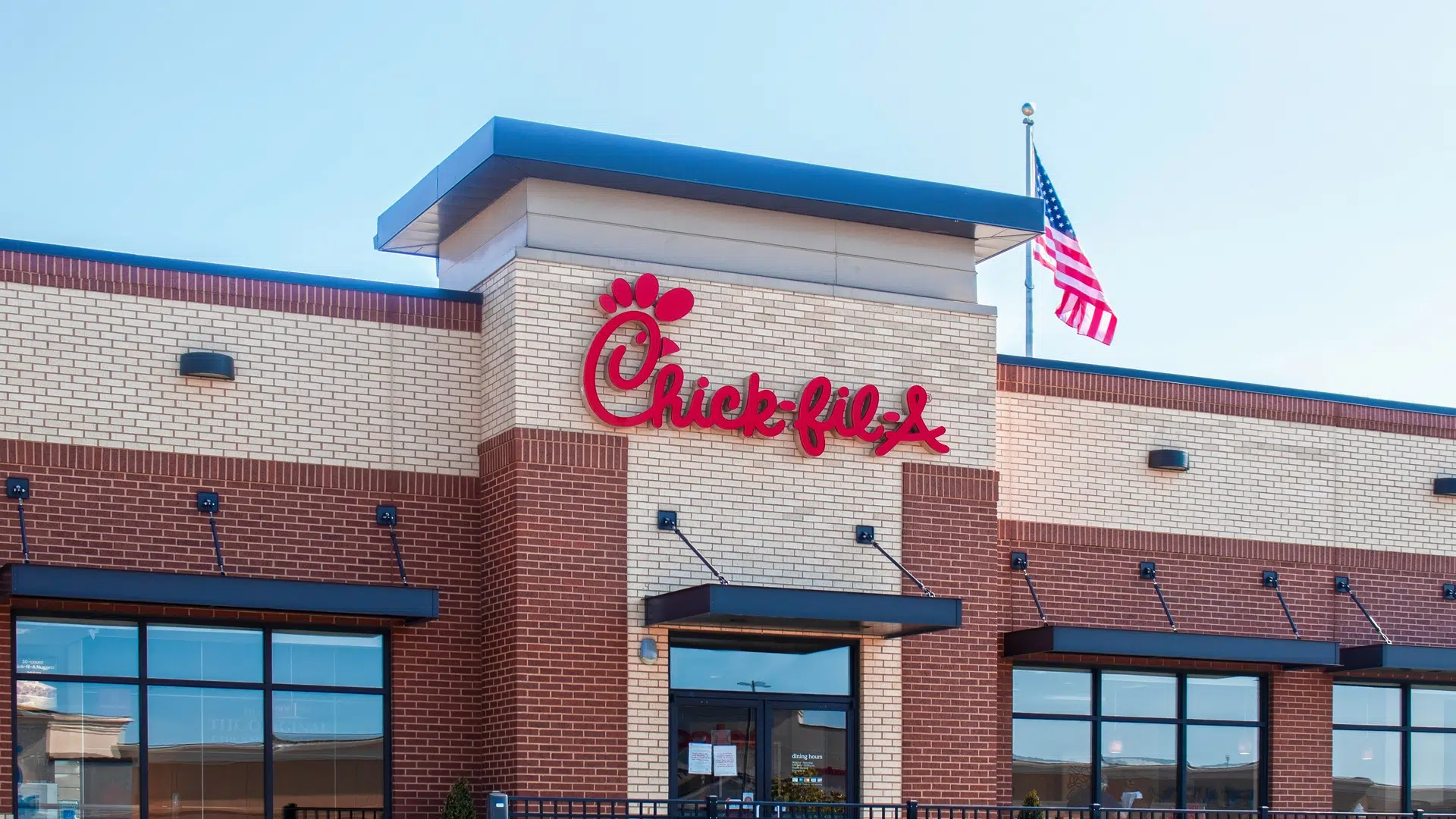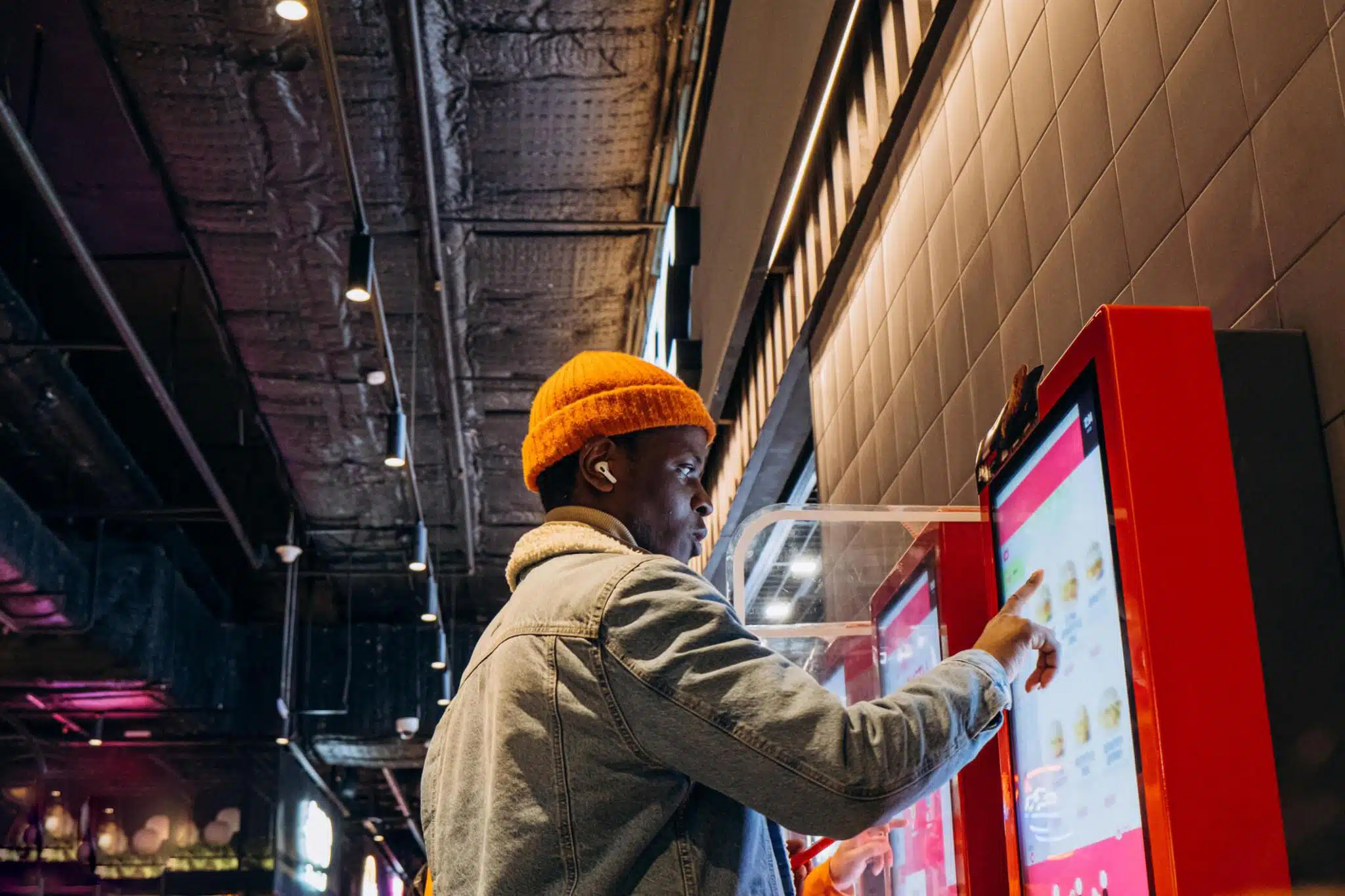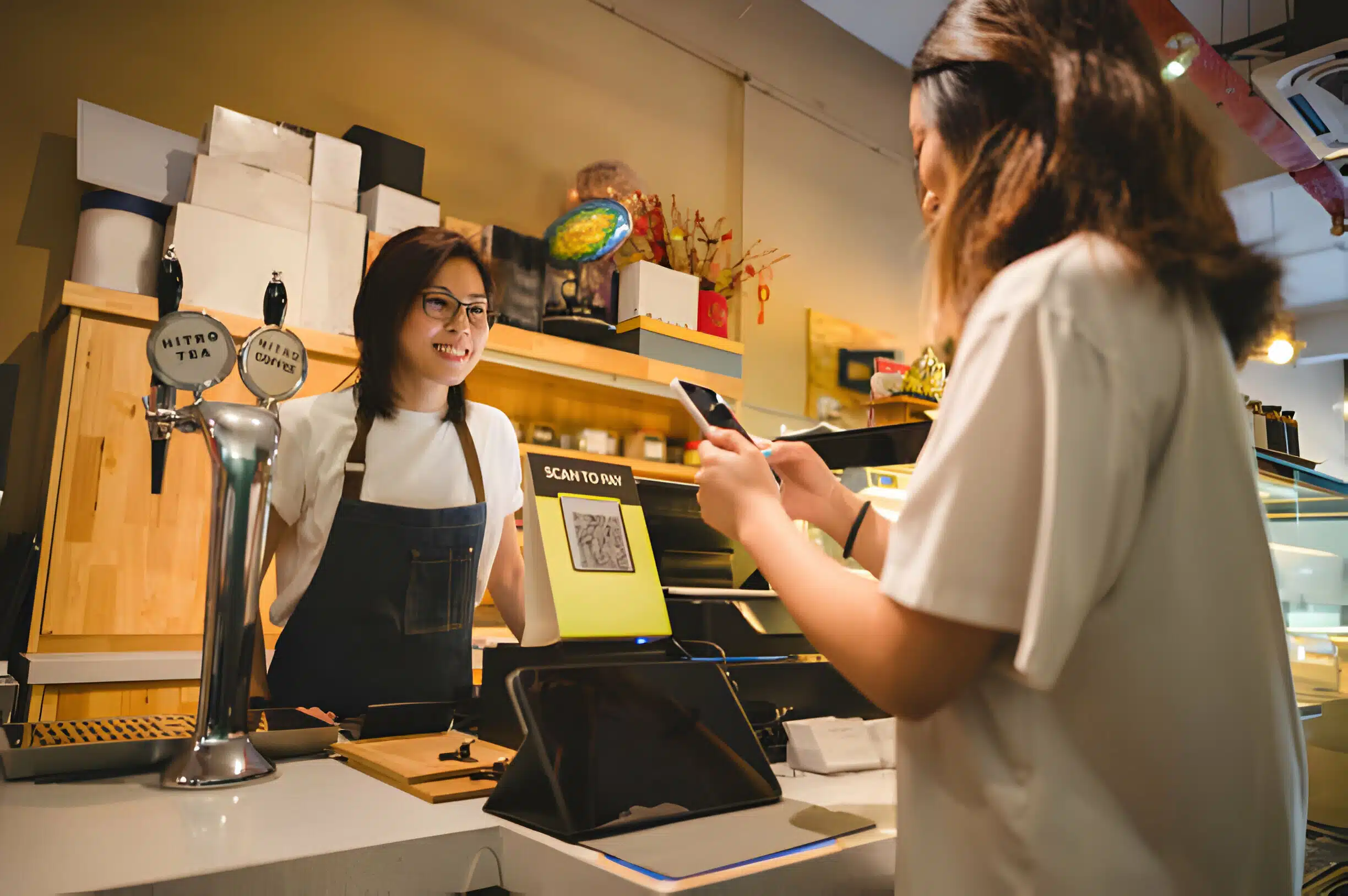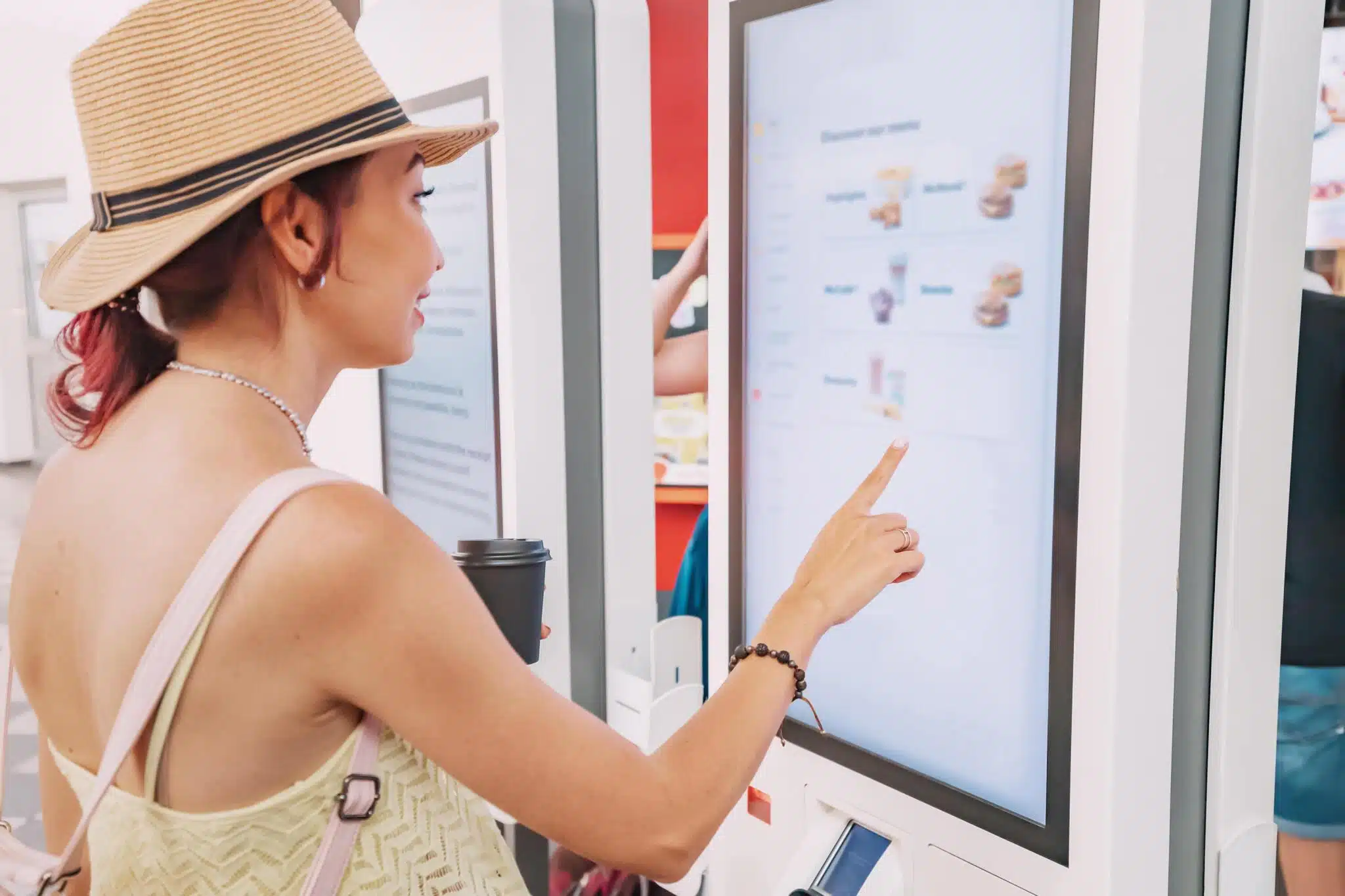With restaurants and inflation, eating out has become a ubiquitous part of our daily routine, be it a quick grub or a fancy feast. Yet, as the economy struggles with inflation, the cost of dining out has skyrocketed over the years, posing a tricky challenge for restaurant owners. How do they balance their expenses while keeping prices reasonable for their customers?
Join us as we explore the dynamic interplay between restaurants and inflation. We’ll examine how this delicate dance can either make or break a restaurant’s success. Furthermore, we’ll dig into the nitty-gritty of how inflation affects every aspect of the restaurant business from pricing the menu to managing staffing and supply chain.
Restaurants and Inflation: A Recipe for Success or Disaster?
The relationship between inflation and unemployment is critical for policymakers and economists. Research has found that high inflation leads to low unemployment despite not being directly related. The Phillips Curve supports this hypothesis, but policymakers face a challenge when the unemployment rate is too low, leading to inflation.
This relationship significantly impacts the commercial real estate industry, especially in the restaurant sector. In the last six months, job openings in the restaurant sector have exceeded total monthly hires by an average of 500,000. As a result, operators struggle to retain employees, and the average turnover rate has increased from 23 percent to 32 percent. Consequently, restaurants are operating with fewer workers, resulting in a reduction in operating hours.
Operators have begun outsourcing labor needs to suppliers, which affects food quality and freshness. In 2023, operators must manage rising food, beverages, and labor costs while dealing with workforce shortages. As a result, restaurant operators and investors should think critically about the increasing risks associated with restaurant properties. As margins shrink, they may have to consolidate operations into their most profitable locations.
Menu prices are increasing as operators mix up prices dynamically, using barbell menu pricing and removing discount specials and deals. Full-service menu prices rose by 8.8 percent, and quick-service menu prices rose on average by 7.7 percent. Year-over menu price hikes ranged from six to 13 percent. Foot traffic was noticeable when prices increased beyond 10-13 percent.
Balancing Profitability and Affordability
Inflation is a term that refers to the overall increase in the prices of goods and services in an economy over some time. While inflation affects all businesses, restaurants are particularly vulnerable to its impact. This is because restaurants rely heavily on various inputs, including food, labor, and energy costs, which can be subject to inflationary pressures.
Restaurants operate on thin profit margins, typically between 3% to 5%, which means that even small increases in input costs can significantly impact their profitability. When inflation occurs, restaurants must either absorb the higher costs, reduce their profit margins, or pass on the cost to consumers by raising prices. None of these options is ideal, and each has its own set of challenges.
One potential benefit of inflation for restaurants is that it can lead to an increase in consumer spending. As the cost of goods and services rises, consumers may be more willing to eat out to treat themselves and enjoy a break from cooking at home. However, this benefit can be short-lived if the inflationary pressures continue to mount, leading to an overall decrease in consumer spending.
In conclusion, restaurants and inflation can be a recipe for success or disaster, depending on how they respond to the challenges that arise. However, by staying vigilant, focusing on cost-cutting measures, and finding ways to adapt to changing market conditions, restaurants can weather the storm of inflation and continue to thrive.
Partner with SupplyCaddy for Restaurant Success: Navigate Inflation with Confidence
The restaurant industry continues to face inflationary pressures in the current climate of restaurants and inflation. As a result, it’s more important than ever to have a reliable partner for your supply needs. SupplyCaddy has a proven track record of success, having delivered over 100,000,000 packaging products to satisfied clients. With a commitment to treating every client equally, from small single-unit restaurants to large chains, SupplyCaddy is the partner you can count on for all your supply needs.
Don’t risk the success of your business; contact SupplyCaddy today at [email protected] to learn how we can help you navigate these challenging times and thrive in the years ahead.



